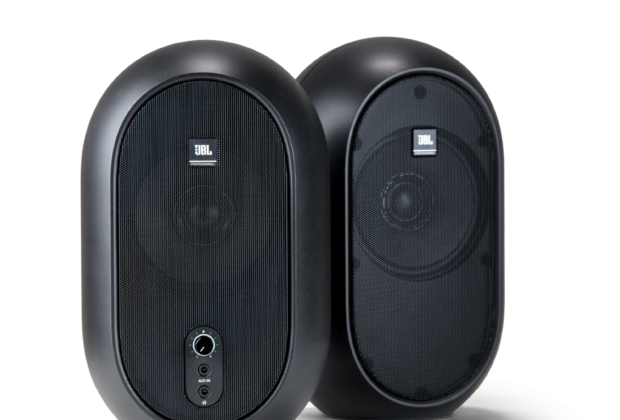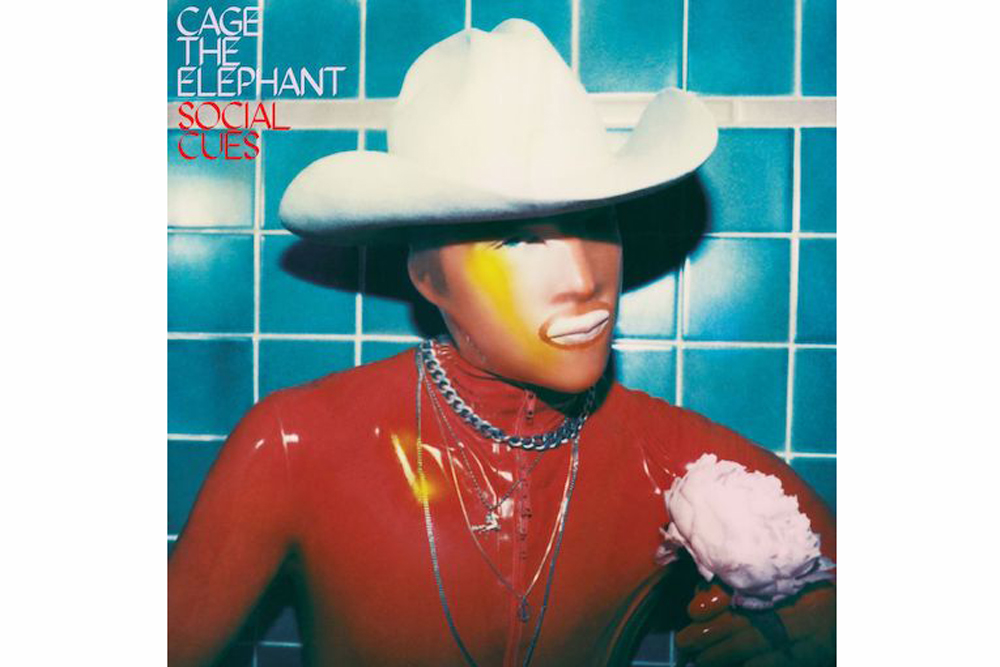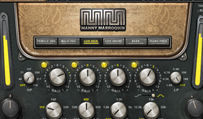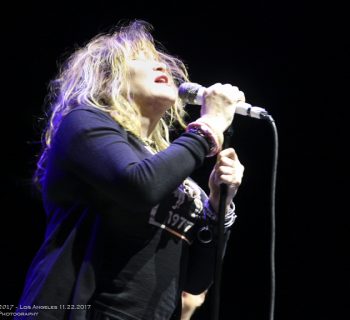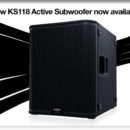I was attracted to the JBL 104 reference powered monitor mainly because they each use a single coaxial driver with a 4.5-inch woofer and concentric 0.75-inch tweeter. This is instead of a separate tweeter and woofer drivers; the use of individual drivers has always been a mainstay design in JBL monitors since the very beginning. With coaxial or concentric drivers, the sound emanates all together as a single 'point source' from one speaker driver.
This driver design and shape uses the same research that led to the revolutionary waveguide found in JBL's top-of-the-line M2, 7-Series, and 3-Series MK II monitors. Like those monitors, the One Series 104 monitors provide a wide, immersive sweet spot and better accuracy. These are rear-ported monitors with low frequency extension down to 60Hz--without a subwoofer.
The JBL 104 Reference monitors use 60-watt Class D amplification (30-watts to the woofer and 30-watts to the tweeter) to drive them to 104db SPL (peak) without the distortion. One monitor contains the power amps for both the right and left monitors--the right monitor connects to the left using a short length of speaker wire. I liked the front-panel volume control and the headphone jack that automatically mutes the speakers when I plugged in my headphones.
There are three ways to connect the 104s: separate L/R RCA jacks for unbalanced -10dBv consumer/pro sources, two 1/4-inch TRS balanced line inputs or the front-mounted 1/8-inch TRS jack. I tried plugging in a cable from my iPad's stereo headphone jack--all inputs worked great!
I set my pair of 104s here at my mix room on either side of my wide-screen computer monitor--I connected the line level inputs to my Avocet IIa Monitor Controller. I started using them as a secondary set of monitors to check my music mix product in my Pro Tools HDX studio. I liked the volume control on the front of the monitor--it has detents to let me reset volume levels easily by feel during recording sessions even with the room darken.
Most important is that the driver is located towards the top of the monitor above the halfway point in the vertical dimension of the speaker. It is important to decouple any speaker from nearby desktop boundaries so as to not overly emphasize the bass. Also of note is the monitor's rounded top and bottom surfaces that, besides being stylish also diffuses the sound coming from my main monitors up on stands and about 0.5-meters behind the JBL 104s Awesome!
The JBL Professional One Series 104 Powered Monitors are a solid choice for nearly any use in any room when you are looking for great sound in small, stylish desktop speaker. They are easy to hook up and can be used with any music system or music player. The pair sells for $149 MSRP.
jblpro.com/www/products/recording-broadcast/one-series.
Barry Rudolph is a recording engineer/mixer who has worked on over 30 gold and platinum records. He has recorded and/or mixed Lynyrd Skynyrd, Hall & Oates, Pat Benatar, Rod Stewart, the Corrs and more. Barry has his own futuristic music mixing facility and loves teaching audio engineering at Musician’s Institute, Hollywood, CA. He is a lifetime Grammy-voting member of NARAS and a contributing editor for Mix Magazine. barryrudolph.com

